
Planning a motorcycle trip is a vital step you need to take before going on a motorcycle trip, especially on a longer one.
This article will be quite a long one, and before you choose to skip any of its parts, I advise you not to, especially if you plan to go on a bigger motorcycle road trip because some of the advice and tips that we will share here could literally save your life.
So how do you plan a motorcycle trip? To plan a motorcycle trip, you need to consider how much time you have to spend on the trip and what your daily mileage will be. Additionally, you need to determine your riding route, as well as your stops, and select your destination. Creating an emergency plan and packing are also vital steps to take.
Further in this article, we will cover everything related to a motorcycle journey, as well as the steps you need to take so you can enjoy the trip to the fullest and without any unwanted situations.
Table of Contents
How to Plan a Motorcycle Road Trip Route?
Before you start and hit the road on your favorite two-wheeler, you need to plan your entire road trip. There are a couple of steps you need to prepare so that your motorcycle trip gets without any issues along the way while at the same time you feel free when the wind hits your body and you get all the excitement of exploring new locations that you have never been before.
If you want to know Hawaii’s Honolulu’s Top 5 Motorcycle Routes (Must Visit), click here.
1. Determine Your Time Allocation and Establish a Daily Mileage
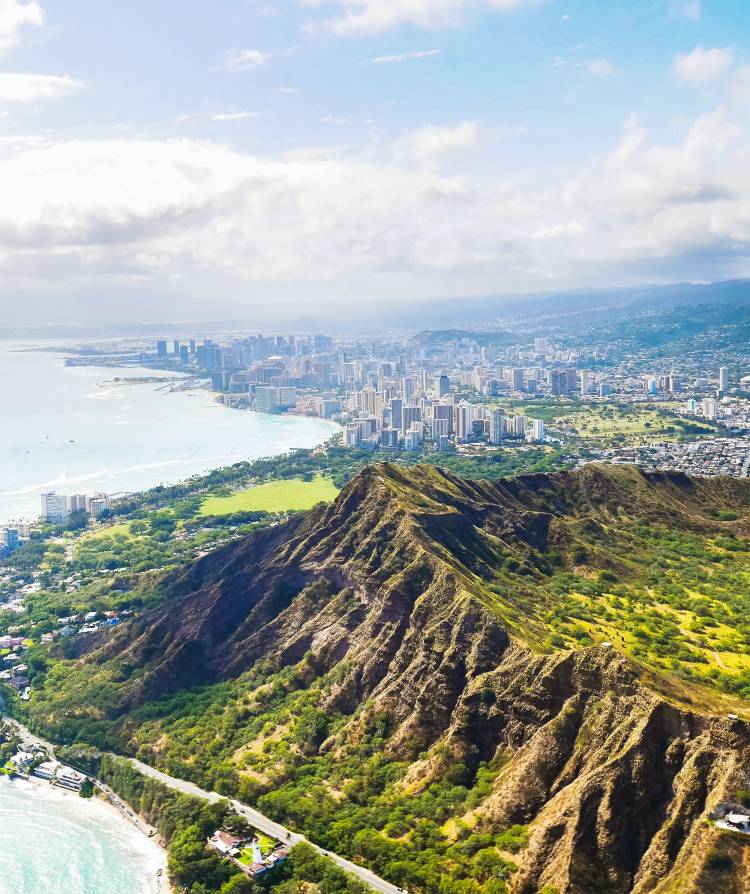
You need to know how much time you have to plan your entire route, and depending on that time; you will have to set the ideal mileage that you will need to ride every day. You will also need to decide if you will have a day off during the trip, especially if you plan to ride longer than one week or arrive at your destination first and take a rest day there.
CAUTION: Taking a day or two off will help you rest and feel fresh before you continue your ride further on. Listen to your body and mind and if you feel tired, stop and rest, and remember that your safety is a top priority and that you should feel rested and enjoy your trip.
Tip: Keeping your daily mileage reasonable at around 200-400 miles per day will enable you to be fresh and capable of enduring the daily trip. However, there are many things you need to consider, like the weather conditions, the road condition, and the area that you ride through.
Logically, you will have more stops in scenic areas where you will enjoy the view and the environment, and these are the routes that you don’t want to rush but ride slowly and enjoy every mile of them.
If you are an experienced rider, you will probably have days where you will ride for 400–450 miles, especially on straight roads where there is nothing special to see.
New riders could take from 150 to 250 miles per day if they don’t feel confident enough, and they think it may be tiring for them to ride more than that every day.
If you want to know The Best Cross Country Motorcycle Trips-(In Detail), click here.
As we mentioned earlier, there are many factors that you need to include in setting your daily mileage, and there is no unique formula for all riders. Still, every rider is individual and needs to figure out what suits him best and stick to it.
Tip: Another helpful tip is to decide the season which is the best for your riding habits as well as the climate since some riders like to ride during summer while others like winter days more.
Get familiar with the road type of the routes you will ride through. You need to know that riding on winding mountain highways as well as narrow country loads will take more time to accomplish while riding on flat highways will take less time to complete.
Note: The point of the entire motorcycle journey is to enjoy it all the time. You are not on a race track, and there is no time to beat (unless you set it), and you should try to enjoy every moment and mile of the trip as much as possible. Combine long riding days with rest days and take your time. That way, you will be fresh and rested, and you will enjoy your time on a bike.
Tip: Another very important piece of advice I want to share with you is to stop at camp or check the accommodations between 6 and 7 pm or earlier if you ride during the winter season. You should also have an hour time for a meal break and take every riding hour 10-15 minutes break to stretch your body (it may seem like a lot of time to “waste” for taking a break every hour, and it may be true if you go on a trip that is few hundred miles long and in a single day, but for trips that are more than week-long, and you ride every day, you need to have rest more often)
2. Select a Destination
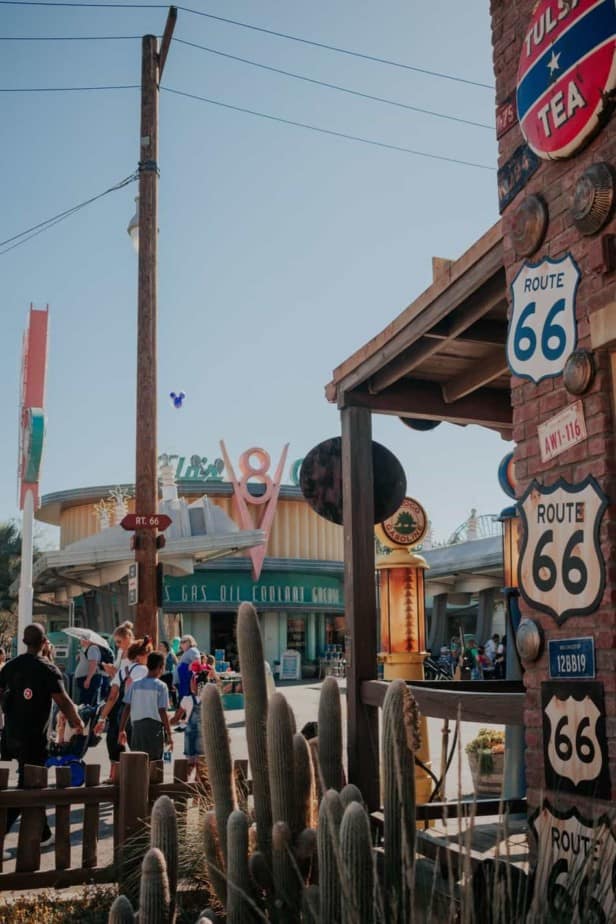
After setting your daily mileage and deciding how much time you have to spend on your motorcycle trip, now is the time to choose the trip destination you wish to visit. If you already have your entire route visualized in your head, that’s fine, but if you don’t, we will give you some of the best destinations and rides you can go on:
- Cross Country Motorcycle Trips
- Best Motorcycle Rides in Florida
- Best Colorado Motorcycle Rides
- Recreation.gov: this is an excellent site where you can look for beautiful and exciting routes, activities, and destinations to plan your motorcycle trip. Look for exciting places to visit like national parks, museums, mountain passes, camping, fall colors, historic sites, and many more that you may find amusing for you. You can also look for places where you can rent hiking equipment at your destination, or if you are looking to rent camping, you can do it also.
- Roadtrippers: Roadtrippers is another excellent site to look for exciting destinations along your route. Not only that, but on Roadtrippers, you can find awesome stops where you can take your time and relax a little bit.
- Motorcycle Facebook Groups: look for popular motorcycle Facebook groups and look for ideas for the best motorcycle routes, or give an example of your route and ask for the opinion of other experienced riders.
3. Plan Your Route
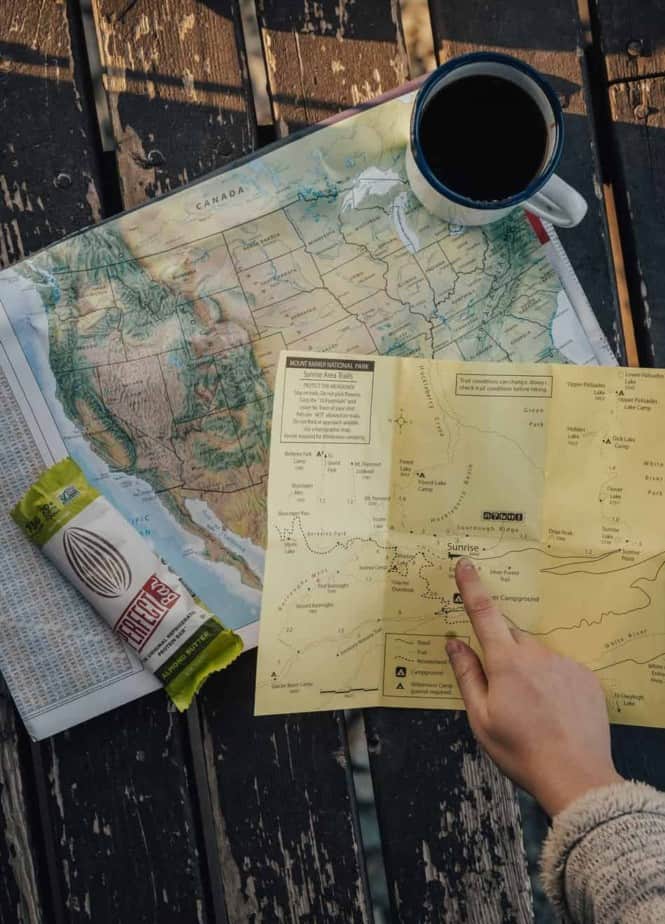
Once you have selected your destination, here comes the part that is especially exciting to many motorcycle riders, and that is choosing the route you will ride through. You can find many internet apps and websites that will help you with planning your motorcycle trip, and here are the best apps and websites you can use to do that:
- Rever: Rever is probably the most popular motorcycle app for road trip planning with many community features. You will find many features for tracking and motorcycle trip planning.
- Calimoto: this is an app designed for motorcyclists, and this motorcycles trip planning app will be very handy to you. It offers you many options like navigation, trip planning, tracking mode, and recommendations.
- Eat Sleep Ride: Eat Sleep Ride is a community-based riding app that keeps riding track records of other motorcycle riders and records your routes, and this app is perfect for planning a group ride. There is also a paid version of this app that you can choose, and with this version, you will get Crashlight which will warn you of any accidents that the app has detected.
- Harley Davidson’s Ride Planner: this app will help you with creating motorcycle trip routes, getting fast search results of the area and its attractions, places where you can stop and eat some food, lodging, and explore other points of interest on your route.
You need to keep your plan realistic and straightforward. Don’t make a plan where you will need to hurry to get to all the desired locations and visit places you feel are attractive. Instead, take a couple of extra days for your trip and see everything in peace and enjoy the journey and your time.
If you want to know Best Motorcycle Touring Companies and Routes, click here.
4. Plan Stops
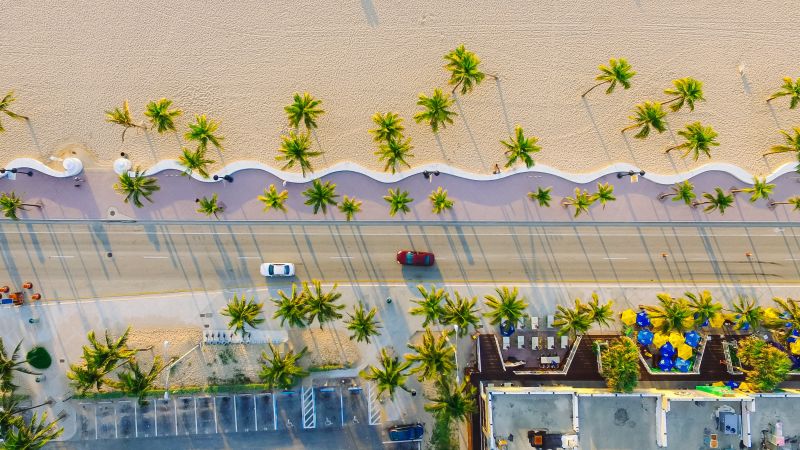
Since this is a very long motorcycle trip which can be pretty exhausting, you need to plan stops. Check the route you will take and mark a couple of places where you will stop along the way. Look for hotels or nice campsites that are not too expensive.
Note: By doing this step, you won’t need to rush and stress yourself with finding a last-minute place to stay, which can result in overpaying the accommodation or even there is a chance that you won’t find any place to stay.
If your route goes through rural areas, you need to mark gas stations to fill your motorcycle. The mileage that you can ride with a full tank depends on your motorcycle and its characteristics, but it can mostly be from 150 to 350 miles.
In areas like Great Plains, Northwest, West, is a great chance that you will have to ride for more than 100 miles between gas stations which is why you need to monitor fuel level.
Tip: Make a plan and stop every 60 to 90 minutes and use this time to hydrate, stretch, fill your motorcycle, and check if there are any issues with your motorcycle.
As we will mention in the following part, booking your accommodations in front is unnecessary. Still, you should go through your entire riding route, look for the places that are nice to stay for a night, and make sure that you have gas stations marked on the map to know how far the next gas station is from you.
5. Create an Emergency and Backup Plan
Every trip, especially a long one, can go wrong at some point, and with that being said, you need to be prepared and have a backup and emergency plan. What will you do if weather conditions start to change and you need to go on an alternative route or stop for a longer time? What will you do if your motorcycle breaks down? What will you do if your tire gets pierced? These are all the questions on the possible scenarios that can happen during your road trip.
With that being said, you need to be prepared for all the unexpected situations that you may think of and do as following:
- Download routes and maps just in case you get in an area that doesn’t have a signal, and you won’t be able to connect to the internet.
- Look for an alternative route and plan to use that route in case of an emergency.
- Take an emergency beacon if you plan to ride through remote areas or if you ride alone.
- Make sure to contact someone every day, especially if you ride alone. Tell them your plan and the route you will take that day.
6. Organize and Prepare Your Packing
This is the final important step you will need to take before going on a motorcycle trip. It is important to check your motorcycle and make sure that it is functional and ready to go in this step. Ensure that you have prepared all the equipment and accessories for your road trip.
Tip: You should also perform a test pack just to be sure that all the equipment you will take on the journey fits perfectly in your backpack, saddlebags if your motorcycle has them, and make sure that your motorcycle is not overloaded. Going on a short ride will help you get that feeling of difference in weight and balance that your bike has once it is loaded.
How to Stay Relaxed During a Long Motorcycle Ride?
Going on a longer trip is not easy, and anyone thinking otherwise will soon find out that they were wrong. This especially goes if you don’t have proper equipment along the way. Here are some of the advice that we find very useful when planning longer motorcycle trips:
- Get a perfect-fitting motorcycle full-face helmet. A full-face helmet will protect your head at all times, and you will be completely covered and protected from wind, sun, road debris, rain, insects, and any other harmful element.
- Get yourself earplugs to protect your hearing from the sound of your exhaust, especially if you have a very loud exhaust.
- Choose a comfortable motorcycle seat. The seat that you have at the moment on your bike may be comfortable for your local rides, but it may not be the best option for long-distance motorcycle trips. If you find that getting a brand new seat that has added comfort and support is the perfect option for you, then go for it. You can choose a pad with air cushions or a gel seat pad that is both affordable and comfortable.
- Adjust your feet and body position because riding in the same position can get you numbed and even become painful, which means you will lose all the joy of your trip. To lower this riding side effect, you can get an engine guard with highway pegs integrated, forward pegs, floorboards, or a mustache bar. These are the possibilities for you to get your legs to stretch a little bit and change your riding position.
- Get a power port to keep your mobile phone and GPS charged.
- A tank bag will be handy for keeping your mobile phone, sunglasses, water bottle, or any other small accessories by your side.
- You need to have heated grips or heated gloves for winter rides because you don’t want to get your hands all cold and freezing.
- Your windshield needs to be set to the correct height, so it is not too tall to block your vision if it starts to rain heavily, nor should it be too small since then it won’t have any purpose.
Tips for Preventing and Handling Breakdowns on the Road: Motorcycle Trip Planning for Flats, Blown Tires, and Breakdowns
One of the pleasures of a motorbike road trip is the element of surprise unless that surprise manifests as an expensive breakdown in the middle of nowhere!
As we covered earlier, it’s critical to have a backup plan and be ready for an emergency by informing family members of your plans and checking in daily. However, there are other actions you should do to lessen the likelihood of a breakdown and prepare for it.
- Before your ride, have your bike serviced.
- Make sure the tires have enough tread and adequate pressure for the number of kilometers you plan to put them through. Check the fluid levels, replace any worn parts, and change your oil right away.
- Check the pressure on your tires and wheels each time you stop, and do a thorough inspection. This can assist you in identifying damage so that you can do an immediate external repair before going to a shop for a more thorough repair.
- Pack a tool roll, just in case. A tool roll won’t take up much room, and you’ll have everything you need on hand in case you need to make quick fixes.
- Bring an extra key with you.
- If at all possible, swap spare keys with a fellow traveler. You can also stow your spare tire outside of your saddlebags on the bike. Check the sizes of the sockets, spanners, and hex keys you’ll need. Vice grips, an adjustable wrench, and a high-quality multi-tool should all be included in your box.
- To handle flat tires, include an inflating tool and a small repair kit.
- For tubed tires, carry tire spoons or tire irons to lift your motorcycle.
- Spend money on roadside assistance.
- Roadside Assistance is a reasonably priced insurance policy in case of a flat tire or mechanical failure, albeit it does not cover everything. You can select the coverage that isn’t motorcycle-specific or choose Roadside Assistance from HOG or AMA. Always pay attention to the policy restrictions and covered events, which are typically limited to breakdowns, flat tires, and dead batteries, and exclude towing following an accident. While AMA only covers the first 35 miles of towing, AAA covers it for up to 100 miles (for Plus members). Only tows up to 35 miles to the closest Harley-Davidson dealership are covered by HOG.
How Do You Fix a Broken Down Motorcycle?
Safely exit the road. Avoid putting your safety at risk by attempting to defend your bike by moving as far away from the road as you can. Get off the shoulder if you can.
Even if you’re on a side road, pay attention to the traffic. Just keep in mind that drivers occasionally swerve toward stopped vehicles on the shoulder or become preoccupied and drift out of their lane. Debris can also strike you.
Once you are secure, evaluate the circumstances. Ascertain whether you can locate the issue and resolve it with your toolkit and flat repair kit, or whether you need to get assistance from a professional.
If you require assistance, call. For towing or roadside assistance, call your roadside assistance or a nearby garage or shop.
Be ready to fend for yourself for a while before you can seek help if you’re in a remote region. A personal locator beacon can be used to call for help if you are hurt or in a potentially hazardous location (because of wildlife or environmental factors).
Where to Stay When Traveling by Motorcycle?
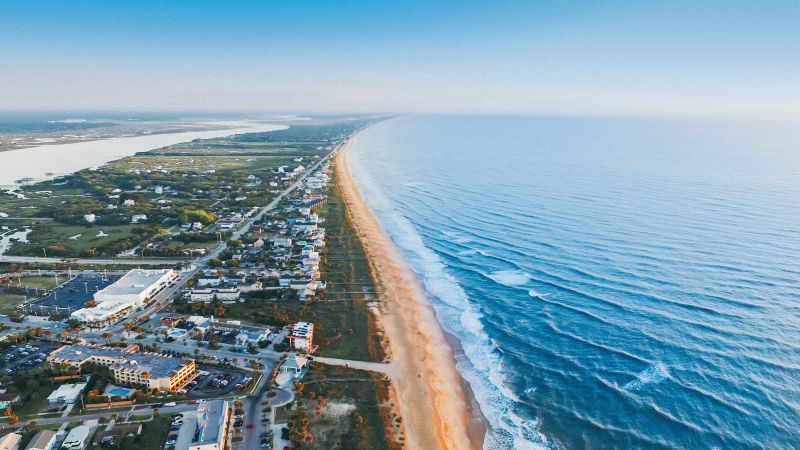
When deciding where to spend the night, you have several possibilities. Consider your packing needs and level of comfort when choosing a place to stay while riding a motorcycle cross-country.
- Motels and inns. The tried-and-true, but more pricey, choice when organizing a motorcycle trip.
- Guesthouses, hostels, or bed & breakfasts. Like the thought of making new acquaintances and traveling with locals? Since they are frequently less expensive than hotels, one of these choices might be a wise one.
- Camping in a private campsite or an RV park. If you want amenities, private campgrounds are a fantastic choice. In a popular location, space might need to be reserved in advance during the busy season. You can discover campgrounds with features like laundry rooms and even camping cabins, which is one of the benefits.
- A state or national park for camping. The ideal means of maintaining a connection with nature! Park camping is the ideal complement to an adventurous motorbike trip or a leisurely cross-country excursion that includes hiking and sightseeing.
Knowing the approximate region where you’ll stop each night to sleep as well as your lodging options is a good idea.
Tip: Pre-booking is not recommended.
If at all possible, avoid making hotel reservations more than one day in advance. When planning a motorbike journey vs a road trip in a car, flexibility is even more important because you may need to adjust plans due to weather, road tiredness, or even a flat tire.
Make sure the hotel, motel, or bed and breakfast you select is bike-friendly. If they offer a gated or secure parking area, call ahead to inquire about it, or check online reviews for recommendations from other motorcycle riders.
No matter which course of action you decide, it’s a good idea to protect your motorcycle while you’re on the road. Use a portable motorbike cover to shield your vehicle from the weather while you are away from it, deterring thieves or anyone who just wants to sit on it. For added security, you may even add a cheap alarm and lock. Don’t forget to bring your bags inside!
Road Trip Tips for Motorcyclists: How to Get Ready for a Long Ride
Your first long motorcycle ride is considerably different from small trips and commuting, even if you are an experienced rider. A motorbike road trip may need months of planning in advance.
1. With a Tune-up, Make Absolutely Sure Your Bike Is in Excellent Shape
Before embarking on a long motorcycle ride, your motorcycle should undergo a full examination and tune-up. Pay close attention to the tires because it’s preferable to lean on the side of caution and replace tires earlier than usual if the tread is going low than to risk a potentially disastrous blowout.
If your rear suspension is becoming sloppy, think about changing the rear shocks, and if your belt is approaching the suggested mileage, replace it.
2. If Necessary, Adjust the Suspension on Your Motorcycle
An average-sized rider’s weight is what the factory setup is for. You will have improved control and a more comfortable ride if you adjust your suspension so that it can accommodate the additional weight of your luggage (and a passenger, if you plan to have one).
3. Prepare Ahead of Time for any Roadside Tire Maintenance or Replacement
For a particularly long trip, schedule maintenance and tire replacement in advance if necessary. Make an appointment in advance and confirm that the shop will have the tires you want in stock when you arrive if you anticipate needing maintenance or new tires at some point during the ride.
4. If You Aren’t Used to Long Rides, Work on Your Endurance
You’d be shocked at how exhausting a lengthy ride is if you’ve never tried one. Consider starting an exercise regimen because you’ll need a lot of endurance, core strength, and flexibility. Work your way up to longer rides by starting with multiple shorter rides with all the equipment you’re bringing.
5. Test Your Equipment Before Your Journey
Before your travel, make sure to test all of your equipment! If you have recently acquired stuff that you are unsure how to use, this is very crucial.
Checklist for Motorcycle: Adventure How to Prepare for a Motorcycle Trip?
Use this packing list for a motorcycle road trip to make sure you have everything. Please take note that we won’t discuss camping supplies or anything you might require for the location itself. We’ll also exclude the essential riding accessories, but remember the advice and suggestions above for pleasant motorbike vacation planning!
- Medical kit: An emergency blanket, sterile gauze, burn gel, antibiotic ointment, butterfly bandages, band-aids in various sizes, hand sanitizer, tweezers, trauma shears, and Dermabond should be included. Additionally, you should have allergy and anti-inflammatory medications on hand to treat pain and swelling during the trip. Lip balm and sunblock are also good to include.
- Tool roll for motorcycles.
- Tire patch kit
- Cleaning equipment. To clean your windscreen and visor, bring a travel-sized spray cleaner and microfiber cloth.
- Waterproof equipment.
- Dress for any conditions, including hot, cold, and/or wet. When it’s hot outside, wear cool clothing, but be prepared to layer up or switch out your protective gear.
- Earplugs. Your hearing may be harmed by the wind and traffic noise.
- Motorbike cover that is portable. It will prevent thieves while keeping your bike dry and clean.
- Independent GPS. To prepare for traveling to rural locations without cell coverage, download maps beforehand.
- GPS bracket.
- Water bottle.
- If you’re alone and in a distant area, bring a satellite communication device or a personal locator beacon.
- Extra crucial
- Toiletries.
The well-known motorcycle road trip booking tool Rever provides a helpful packing list if you’re planning to camp. A fantastic motorbike camping handbook is also available from KOA.
Should You Ship Your Motorcycle or Ride the Entire Distance?
If you wish to ride roundtrip to your destination, there is one more thing to think about. Did you know that you may transport your bike for a one-way trip closer to your final destination? Or you may also employ roundtrip motorbike shipments to take short or lengthy rides in a distant area without having to worry about transportation issues.
There are a number of reasons why transporting a motorcycle on vacation might be a wise move:
- Your motorcycle isn’t designed for a long road journey, yet you’re planning an adventurous motorcycle vacation.
- To complete your journey roundtrip, you don’t have enough time.
- You need to arrange a one-way motorcycle journey to a rally or event.
- You want to see the country but aren’t up for a cross-country motorcycling adventure.
- You want to avoid spending days traveling there and back since you have scheduled motorcycle rides across the region.
Motorcycle Trip Planning: Shipping Your Bike
There are a few considerations when organizing a motorcycle trip that entails exporting your motorcycle.
Keep in mind that the most surprising and difficult delivery is the last-minute one. You will have less control over when your motorcycle arrives if you choose to have it sent directly to your destination. Additionally, there will be a sizable delivery window in which you must be present to receive your bike.
The closest warehouse or distribution facility of the motorcycle transport firm should be used when shipping a motorcycle. Along with cost savings, you’ll be able to anticipate when your motorcycle will come and pick it up whenever is most convenient before heading out on the road!
FAQ: Riders Also Ask
How Can I Use Google Maps for Motorcycles?
Go to Google Maps on your app or browser and tap the “Search here” bar in Google Maps. Enter the destination you wish to go to and start the navigation. You will notice that there are options that you can go with your motorcycle, car, public transportation, walk, or with a bicycle.
Is There a Maximum Amount of Time That One Should Spend on a Motorcycle?
The answer to this question depends on many factors but mostly on your riding experience. Riding 100–200 miles per day should be a comfortable range for every rider, and it will leave you time for exploring the attractions and scenery. If you ride for 300–400 miles per day, there will be a great chance that you won’t have so much time for exploring the attractions and scenery, but you will have just enough time to have short breaks.
What Is the Recommended Daily Distance for a Motorcycle?
Depending on your motorcycle riding experience, terrain, road type, and weather conditions, there is a range from 200 to 300 miles in nice weather conditions and when you ride on straight roads. If you want to take more time to explore, you should lower the miles per day. Hitting more than 400 miles per day will be possible only if you have shorter stops for breaks like for your meal.
Which Motorcycle Is Ideal for Long Road Trips?
Touring motorcycles or cruisers are the best motorcycles for long motorcycle trips. Touring motorcycles are specially made for long-distance motorcycle trips, and this is why they are comfortable and will give you protection from the weather elements. Cruiser motorcycles are easy to customize and have better performance, but they are not so comfortable and don’t have so much place for storage.
Conclusion
Planning a motorcycle trip is very important for enjoying every day of the trip to the fullest. Make sure to approach the planning process seriously, and that way, there are not so many things that could go wrong.
